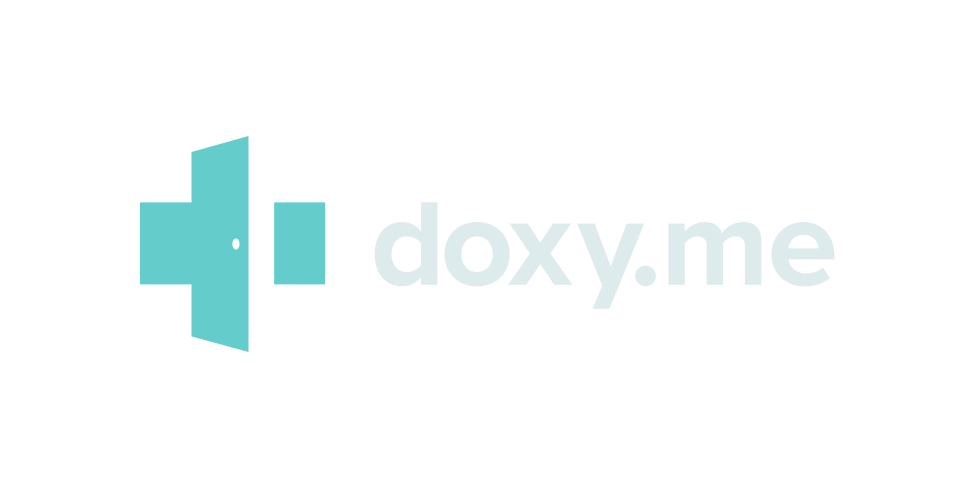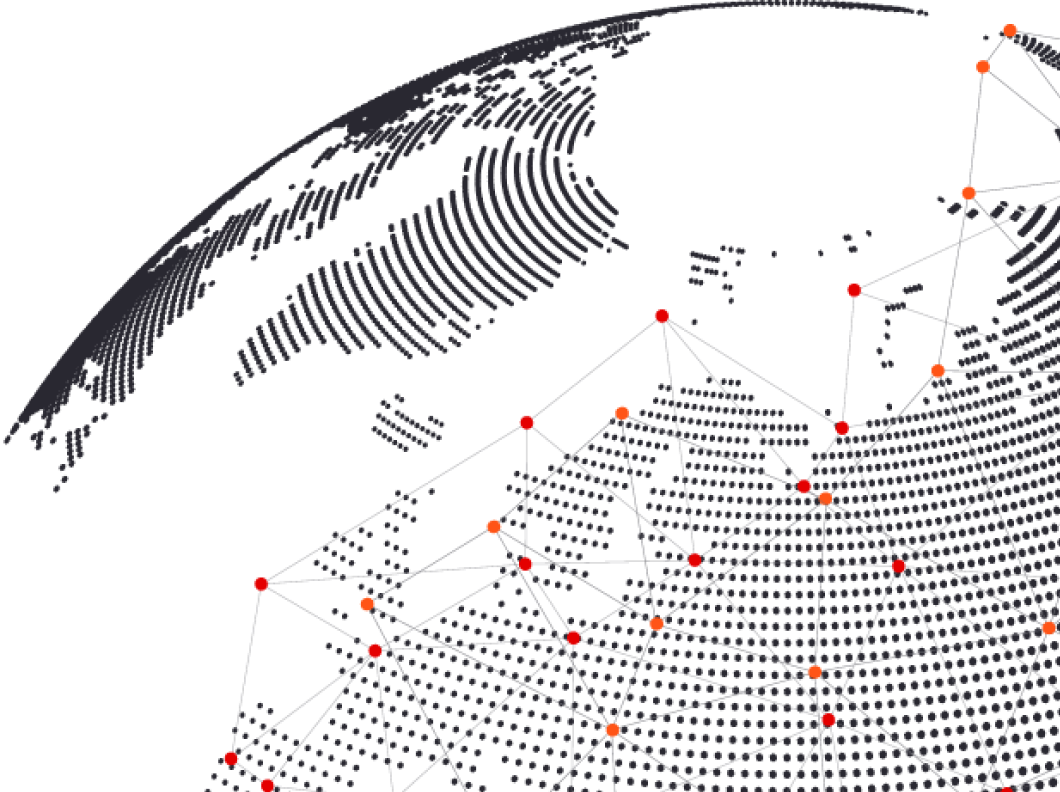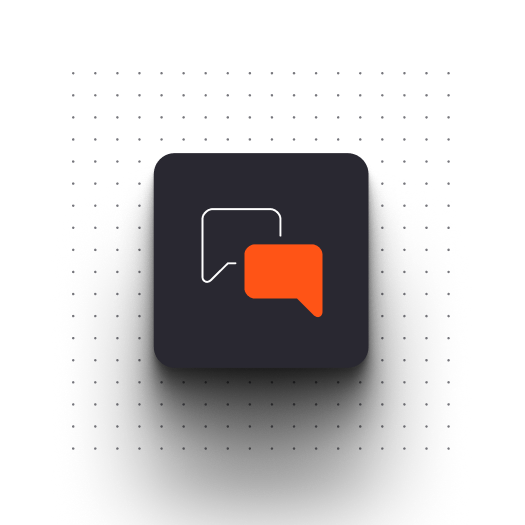Doxy.me is a global telemedicine platform that enables healthcare providers to connect with patients simply and securely - no downloads, no installs, just a browser. With over 250,000 virtual visits daily and more than 9 million minutes of care delivered each month, it’s one of the most widely used platforms for virtual healthcare.
For Ben Anderson-Dukes, Vice President of Engineering, reliability was non-negotiable. “We’re a global telemedicine platform used by hundreds of thousands of providers and patients every single day,” he explained. “Making virtual healthcare accessible without the need for downloads or apps is at the heart of what we do.” But for years, the company’s realtime infrastructure had been a major source of friction, cost, and risk.
Realtime connectivity isn’t just a component of doxy.me, it’s the foundation of the entire experience. Every patient-provider interaction relies on presence updates, chat delivery, and session signaling. If any part of that breaks down, care is disrupted.
As doxy.me scaled, and began building Apollo, its next-generation platform, the cracks in their existing provider, became impossible to ignore. “The cost of both using and supporting our existing provider was becoming unjustifiable,” Ben said. “We were seeing many issues related to realtime - ghost patient check-in chimes, chat messages arriving outta sequence or not at all, intermittent application lag, even full outages lasting 24 hours.”
Internally, the situation had become just as frustrating. Realtime had become a psychological burden. “Our engineers were so afraid to touch this part of the stack,” Ben admitted. “It had become this scary black box that was like a house of cards.” The infrastructure was fragile, the documentation was patchy, and the vendor relationship felt increasingly transactional. Over time, realtime became not just the most failure-prone part of the system, but the single biggest operating expense after video delivery.
Doxy.me needed more than a new provider. They needed a long-term partner who could help them rebuild trust in their realtime stack, and empower the team to work confidently with it again.





